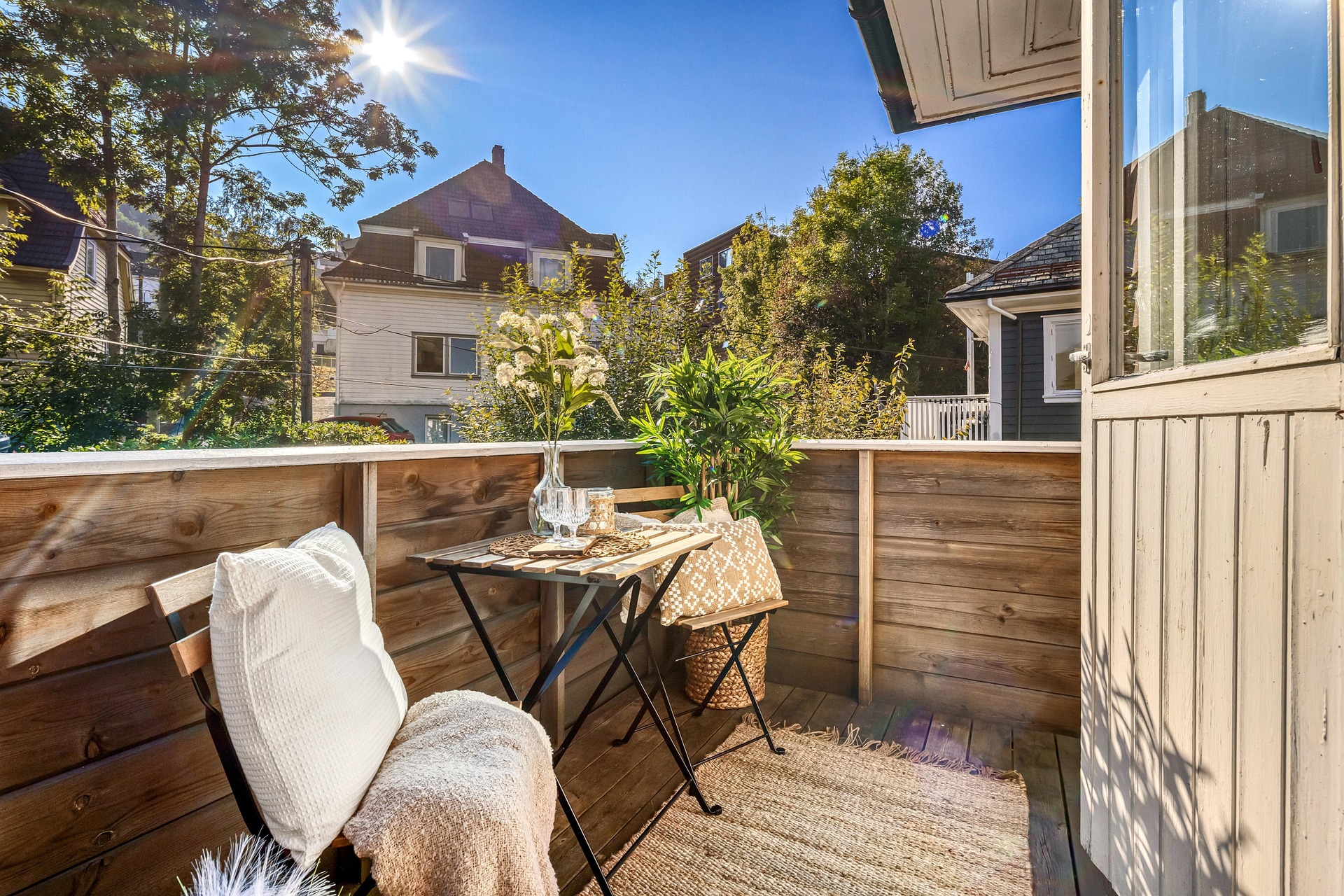Transforming Outdoor Spaces: The Ultimate Guide to Outdoor Furniture
Creating a comfortable and inviting outdoor living area has become increasingly important for homeowners and renters alike. Whether you have a spacious garden, a cozy patio, or a compact balcony, the right outdoor furniture can transform your space into a relaxing oasis or an entertaining hub. This comprehensive guide will explore the world of outdoor furniture, helping you make informed decisions to enhance your outdoor living experience.
-
Loungers and daybeds: Perfect for sunbathing or relaxation.
-
Accent pieces: Side tables, ottomans, and storage units to complement your main furniture.
-
Shade solutions: Umbrellas, pergolas, and gazebos to protect from sun and light rain.
When selecting outdoor furniture, consider the size of your space, your intended use, and the overall aesthetic you want to achieve. For example, a small balcony might benefit from a compact bistro set, while a large patio could accommodate a full outdoor living room setup.
How do I choose the right materials for outdoor furniture?
Selecting the appropriate materials for your outdoor furniture is crucial for longevity and maintenance. Different materials offer varying levels of durability, weather resistance, and aesthetic appeal. Some popular options include:
-
Wood: Teak, cedar, and acacia are naturally weather-resistant and offer a classic, warm look.
-
Metal: Aluminum, wrought iron, and steel provide durability and a sleek appearance.
-
Synthetic wicker: Made from resin or plastic, it mimics the look of natural wicker but offers better weather resistance.
-
Plastic: Lightweight, affordable, and easy to clean, perfect for casual settings.
-
Fabric: Used for cushions and upholstery, look for weather-resistant options like Sunbrella.
Consider your local climate when choosing materials. For instance, if you live in a coastal area with high humidity and salt air, opt for materials that resist rust and corrosion, such as aluminum or synthetic wicker.
What are some tips for designing an outdoor living space?
Creating a cohesive and inviting outdoor living space requires thoughtful planning and design. Here are some tips to help you get started:
-
Define zones: Separate areas for dining, lounging, and activities like grilling or gardening.
-
Consider traffic flow: Ensure there’s enough space to move comfortably between furniture pieces.
-
Scale appropriately: Choose furniture that fits your space without overwhelming it.
-
Create a focal point: Use a statement piece or feature, like a fire pit or water feature, to anchor the space.
-
Add texture and color: Incorporate outdoor rugs, pillows, and planters to enhance visual interest.
-
Plan for privacy: Use screens, plants, or pergolas to create intimate spaces.
-
Incorporate lighting: Add ambiance and extend usability with string lights, lanterns, or built-in fixtures.
Remember to consider the transition between your indoor and outdoor spaces. Choosing furniture and decor that complements your interior style can create a seamless flow between the two areas.
How can I maintain and care for my outdoor furniture?
Proper maintenance is essential to keep your outdoor furniture looking great and functioning well for years to come. Here are some general care tips:
-
Clean regularly: Wipe down surfaces with a mild soap solution and rinse thoroughly.
-
Protect from the elements: Use furniture covers or store items indoors during harsh weather.
-
Treat wood: Apply a sealant or oil to wooden furniture annually to prevent cracking and fading.
-
Touch up metal: Sand and repaint any rust spots on metal furniture to prevent spreading.
-
Store cushions: Bring fabric cushions indoors when not in use to prevent fading and mildew.
-
Tighten hardware: Regularly check and tighten screws and bolts to ensure stability.
-
Address issues promptly: Repair small damages quickly to prevent them from worsening.
By following these maintenance tips, you can extend the life of your outdoor furniture and keep it looking its best throughout the seasons.
What are some popular outdoor furniture trends?
Outdoor furniture trends are constantly evolving, reflecting changes in lifestyle preferences and design aesthetics. Some current popular trends include:
-
Mixed materials: Combining wood, metal, and fabric for a layered, textural look.
-
Modular designs: Versatile pieces that can be rearranged to suit different needs and spaces.
-
Eco-friendly options: Furniture made from recycled materials or sustainably sourced wood.
-
Indoor-outdoor fusion: Bringing traditionally indoor styles and comfort to outdoor spaces.
-
Bold colors: Moving beyond neutral tones to incorporate vibrant hues in furniture and accessories.
-
Smart features: Integrating technology like built-in speakers or charging stations into outdoor furniture.
While trends can provide inspiration, it’s essential to choose furniture that reflects your personal style and meets your specific needs. Investing in timeless pieces with quality construction will ensure your outdoor space remains appealing for years to come.
Creating a well-designed outdoor living area with the right furniture can significantly enhance your home’s functionality and appeal. By considering factors such as material choices, space planning, and maintenance, you can create an inviting outdoor retreat that seamlessly extends your living space beyond the walls of your home. Whether you’re looking to relax, entertain, or simply enjoy the fresh air, the perfect outdoor furniture setup awaits you.







